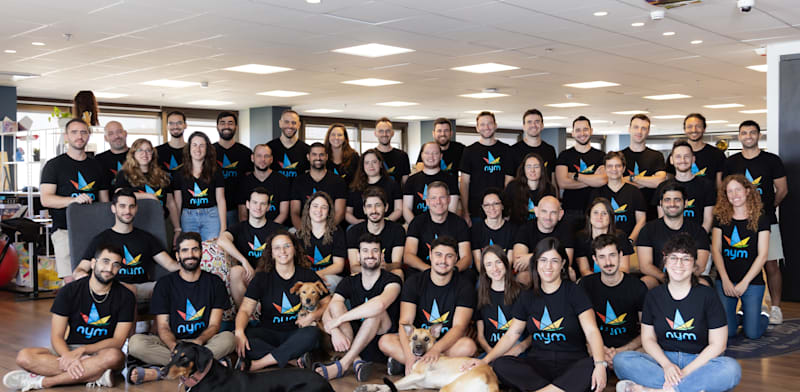Satisfaction And Happiness At The Workplace Increases Employee Productivity By 31% And Investing In Employee Happiness Improves Organizational Profitability By 147%. In Fact, Employees Who Reported Higher Levels Of Workplace Satisfaction Used 10 Times Fewer Sick Days Than Unhappy Employees. In Any Organization, A Happiness Strategy Is Essential For Business Productivity And Well-Being, And It’s Time To Understand Why!
Human capital is the engine of the organization. Hence, it’s time to understand some important things about happiness in general and organization happiness in particular. The core question is – why is it such a big deal?
Happiness Builds A Sense Of Ability; It Inspires Creativity And Positively Impacts Health.
Employees who are dissatisfied at their workplace are more likely to feel stressed and incapable. These feelings are unhealthy for both the employee and organization and may lead to serious implications, such as loss of employee focus, and employee disinterest and negligence towards tasks. These feelings may even lead employees to leave the organization. In contrast, employees who have a positive attitude and are happy with the workplace will arrive to work with enthusiasm and the desire to achieve goals, completing their tasks optimally and efficiently.
One of the primary suppressors of creativity is stress. If we’re under pressure, our brains are so preoccupied with survival mechanisms that we cannot even think in creative and innovative ways. Higher levels of employee satisfaction and happiness mean less stress. Hence, levels of creativity and the thirst for achievement will increase accordingly, thus increasing innovation.
Happiness Is Contagious
According to the findings of Nicholas Christakis, Professor of Social and Natural Science at Yale University, happiness may indeed be a collective phenomenon. When you have a happy friend who lives a mile away from you, this increases the possibility that you too will be happy. In collaboration with James Fowler, Professor of Medical Genetics and Political Science at the University of California, San Diego, Christakis has found similar effects in spreading happiness among neighbors, siblings living in the same area, spouses, and colleagues. In short, good feelings pass from person to person.
Happiness really is contagious. Happy employees will easily “infect” other employees with their satisfaction and happiness, while other employees who don’t enjoy their work may in fact do the exact opposite. The motivation of happy employees is often overwhelming. Employee happiness can lead to a significant improvement in teamwork and cross-organizational contact and communication. Hence, employee happiness has a real multiplier effect, thanks to the “contagiousness” of the feeling.
An Organizational Culture Of Happiness
Changing the culture of happiness in an organization is a matter of how you perceive it. The basis premise in a happy organization is that positive and personalized workplace experiences, showing appreciation and marking achievements, promoting fruitful interpersonal relationships, and viewing the individual as an essential part of the organization’s success are foundational concepts for the healthy growth of the organization and all its members. These concepts can be promoted and emphasized in different ways – encouraging team building activities, marking special occasions with a personalized gift, arranging offsites to encourage brainstorming in unique locations or rewarding excellence with a special surprise. Whichever path you choose, planning your happiness strategy is a critical part of your employee’s well-being, and in turn your company’s success!
This Article was written by Sivan Elbaz, Head of SMB Customer Success at Buyme Technologies.
Contact Her at: sivan@buyme.co.il





